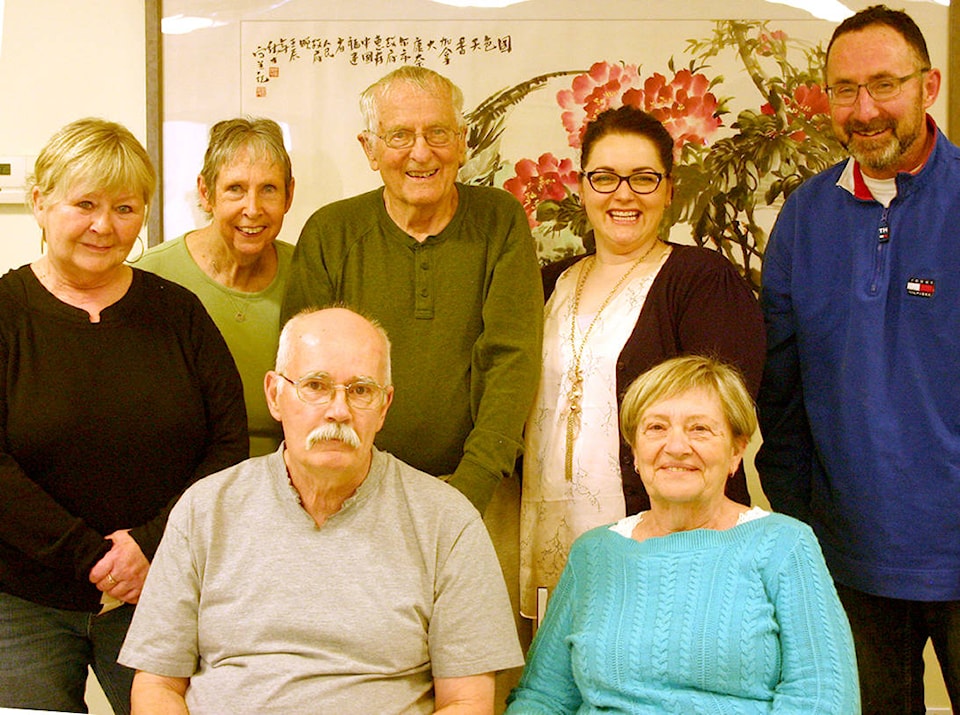Just imagine yourself playing baseball and without warning your arm starts to shake. You manage to hit the ball and start running for first base, but your legs won’t carry you fast enough. You are out of the game. A new journey with Parkinson’s Disease (PD) may be beginning.
The month of April is designated as Parkinson’s Month, and the symbol is the tulip.
The purpose of this article is to make each of us aware of how PD affects individuals’ lives, their care partners, the medical community and those who rub shoulders with People with Parkinson’s (PWP).
The first description of Parkinson’s Disease was developed by a British doctor, James Parkinson, in 1817. One person in every 1,000 develops PD. It is commonly a disorder of people 65 years and older but early symptoms can also be seen in those as young as 40 years. PD begins when there is a loss of dopamine producing neurons in the basal ganglia section of the brain.
The main symptoms are slowness of movement, tremors, rigidity and problems with balance and walking. You may also start to notice some cognitive deficits, skin problems and even writing problems.
At first the doctors may be puzzled by your unusual movements when you suspect you may have the early onset of PD. So you would be sent to a neurologist, who would begin a battery of tests. The day you are called in for a diagnosis is the first day of the rest of your life. Your emotions will run the gamut of denial, anger, bargaining, depression and finally you may find a measure of acceptance.
PWP are told it is a chronic condition and that there is no cure. Once you have it, all the doctor can do is to control the symptoms with medications such as Sinemet.
A care partner must be chosen carefully. He or she will often be a spouse, but sometimes it is wiser to find a member of the family or a trusted friend. This person will not try to keep you dependent but rather encourage you to keep life as normal as possible.
Everyone is different but, with medications, you may live a pretty normal life for five or more years. You are not out of the game.
Family and friends can help by remembering that you are still the same person and the relationships can actually become stronger. The greatest barrier may be stress in the work place. PWP may have to adjust the job description. Honestly sharing with your employer about the disease will help put his and co-worker’s minds at ease.
Another treatment you will read about in Part 2 (in next week’s Observer) is Deep Brain Stimulation (DBS). You may have to wait three years or more for your first appoint with Dr. Christopher Honey in Vancouver as he is the only surgeon in British Columbia at the moment who will do this surgery. You will be tested to see if you are a candidate and then you may finally find yourself in a space-age helmet contraption awaiting the procedure.
The advantages of DBS are the possibility to tune the device at any time to control side effects of medications, a significant reduction in the amount of medication you need and even a lessening of the depression.
The downsides you and your spouse have to consider are that this is brain surgery and there could be complications such as infection. DBS isn’t intended to stop the progression of your PD. You may also have to consider the cost and logistics. Many are finding the benefits far outweigh the risk.
So how can the average person reading this find a way to help a PWP have hope? There is a support group in Quesnel which was started by Bruce Engel. There are 10 members and they find the bond is growing in the group. There is often laughter as they share humorous incidents. They meet on the second Wednesday of each month at 2:30 upstairs in City Hall. There is an elevator.
Books I would recommend that can be borrowed from Quesnel Library are: Parkinson’s for Dummies by Michele Tagliati, MD, Gary N. Guten, MDF, MA and Jo Horne, MA.
In the same section is found a self-help guide: Parkinson’s Disease by Marjan Jahanshahl, Clinical Psychologist and C.David Marsden, MRC, Psych, Dsc, FRS.
Marian Gillard is a regular Observer contributor.
